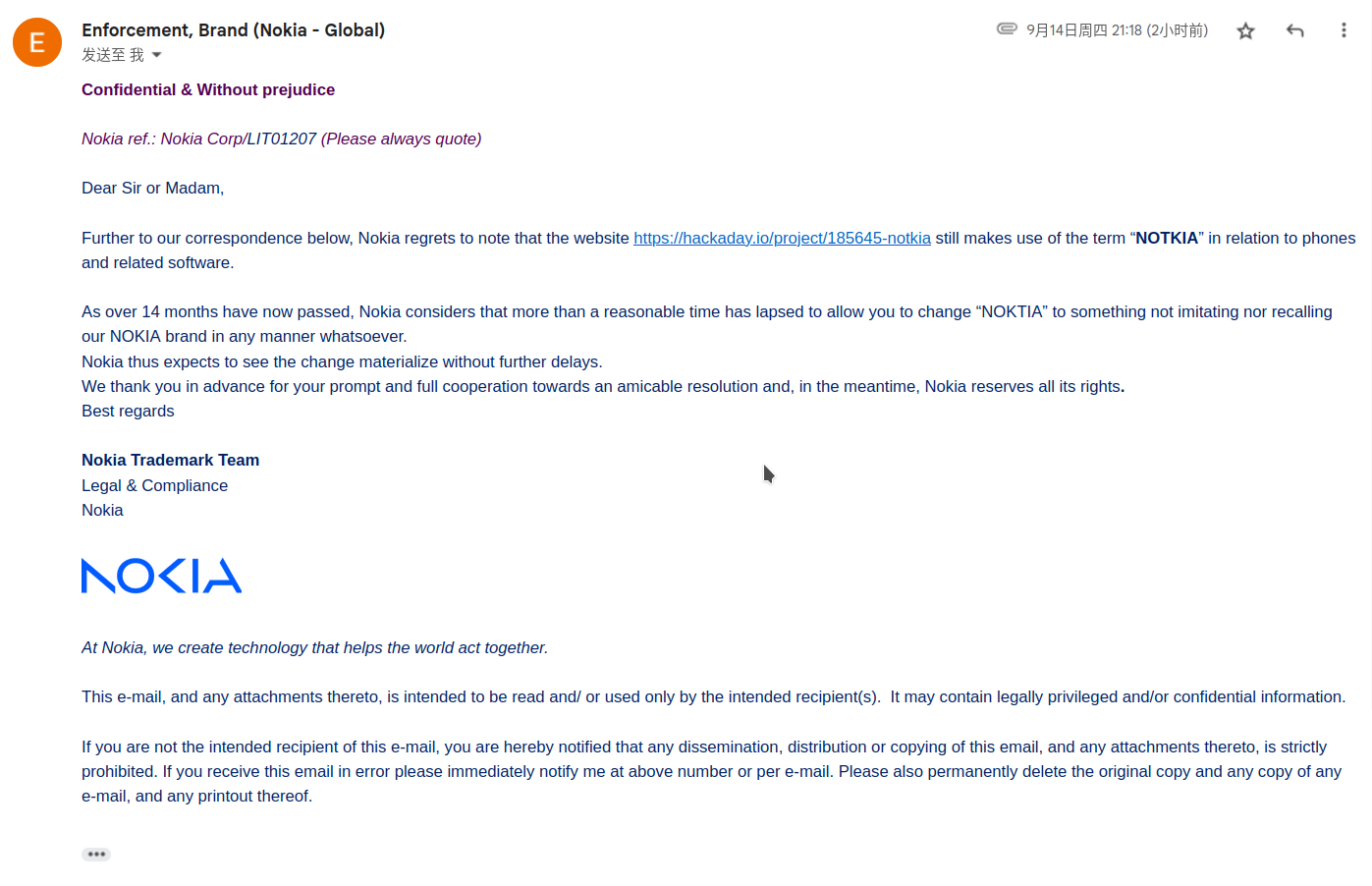
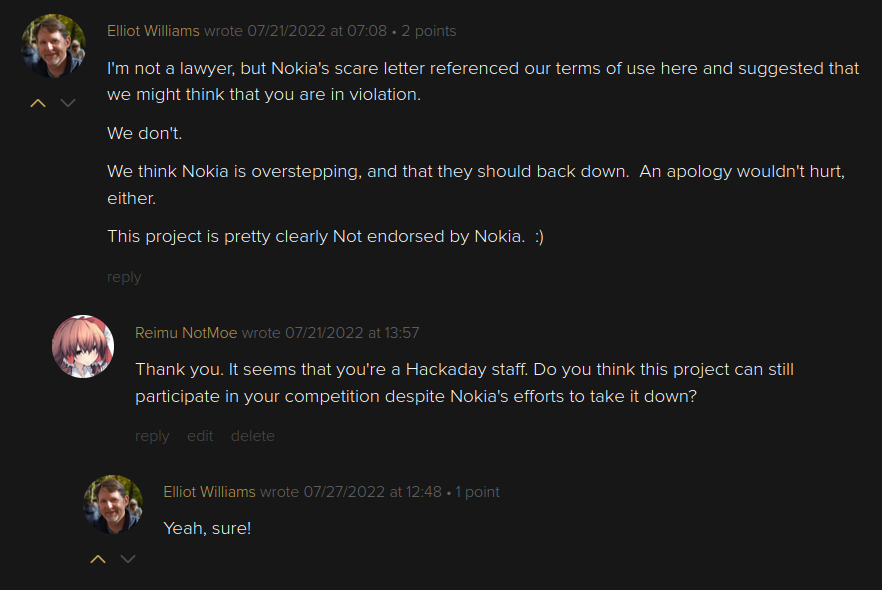
Note: This is NOT a custom ROM for Nokia phones. It is a freshly designed PCB with exactly the same dimensions as the original PCB of the Nokia phone, so it can be put in the Nokia's shell.
Last edit: 2023-09-15
This project is officially obsoleted.
Also please read my declarations on similar projects.
Hardware & Software design files are all open sourced on our GitHub repo, including:
- Schematic, PCB and Gerber files
- Complete BOM lists and SMT position lists
- Linux kernel patches and Buildroot config
- Related software code
- Datasheets of rare components
The "Components" list here only shows the major components. View the BOM lists for a complete list of all components.
If you have any suggestions or questions, please join our discord server or send us an email.
Brief introduction
- Nokia 168x shape: Easy to operate with one hand & fit in pockets easily
- Runs mainline Linux
- Processor: Ingenic X1000E, 2200+ CoreMark, 64MB RAM
- Storage: 32MB NOR + 4GB SLC NAND
- Connectivity: Lora, WiFi 2.4GHz, Bluetooth
- Display: 2.0'' 240x320 IPS LCD, 3/4 visible
- Audio: Yamaha MA-3 (YMU762) music synthesizer + Regular I2S PCM codec
- Power: Battery management solution from TI, and standard BL-5C battery
- Misc: Type-C OTG, RGB indicator LED, temperature & humidity sensor, powers on without battery, zero-conflict keypad
Why do we need it?
- People who don't like HUGE smartphones do exist on this planet
- Modern smartphones are becoming increasingly privacy unfriendly & hacker unfriendly, and the worst thing is: privacy is already a business for these businessmen:
- There are many "privacy oriented" products on the market that aren't even designed by people with privacy awareness
- And it's the same for hackability
- Find more in the "Afterword" section in the end of this article
See it in action:
- Running the LVGL music player demo (on the v1.0 prototype board)
- Playing the "Bad Apple" animation (on the v2.0 board w/ shell and so on)
- Keypad demo
- LCD backlight dimming
- GBC emulator
- T9 Keypad typing Linux commands
Form factor
The Notkia uses the Nokia 1680/1681/1682 form factor. Yes, it has a proper shell. The 1680 has a camera, and the other models don't. It can be comfortably operated one handed, no matter in public transport or in bed. Having it accidentally falling into your face won't cause extreme pain. It can be put in almost all pockets and bags without a problem, and won't scratch your clothes or pull your beach pants down.
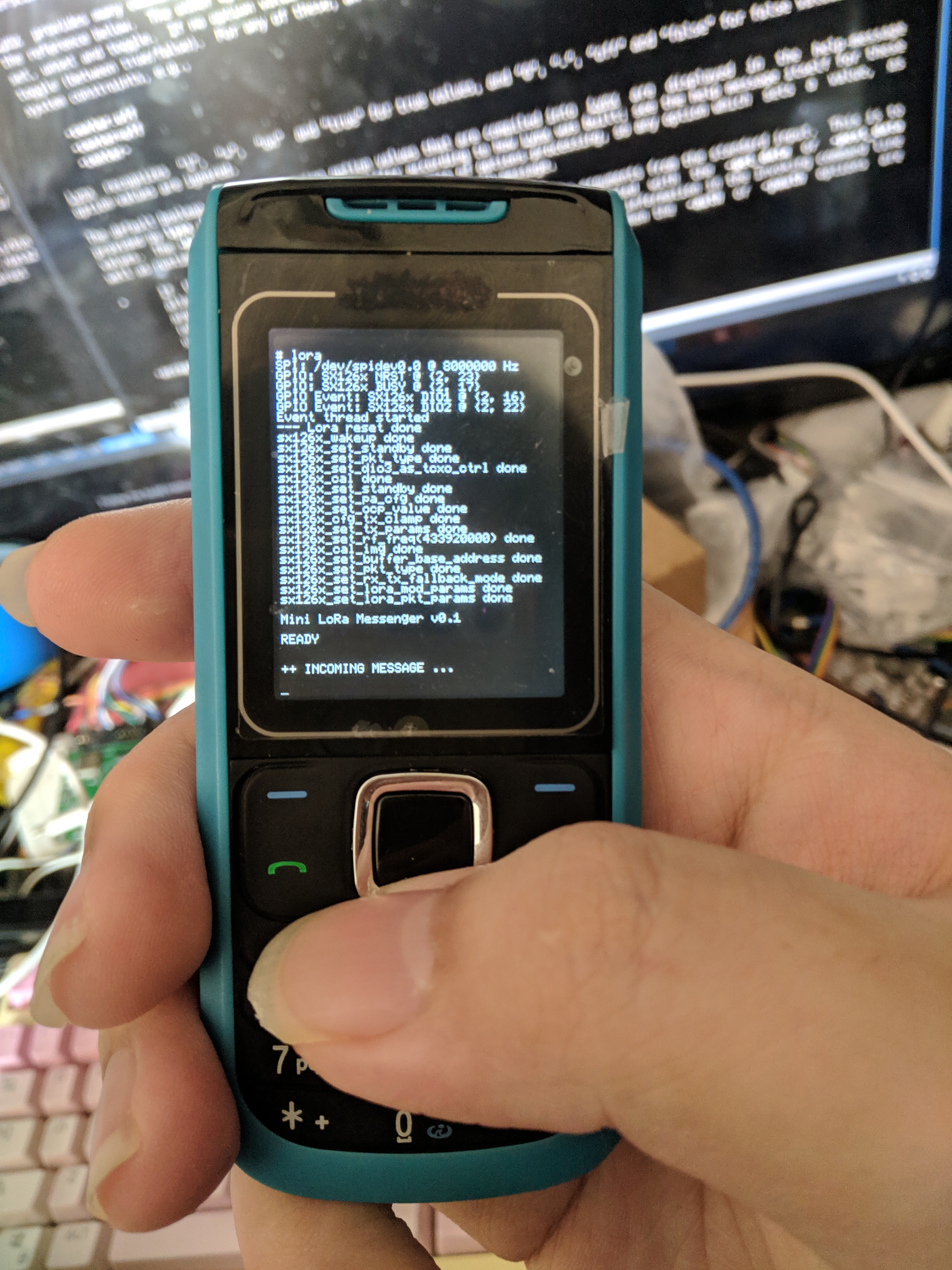
▲ It can be comfortably operated with only one hand
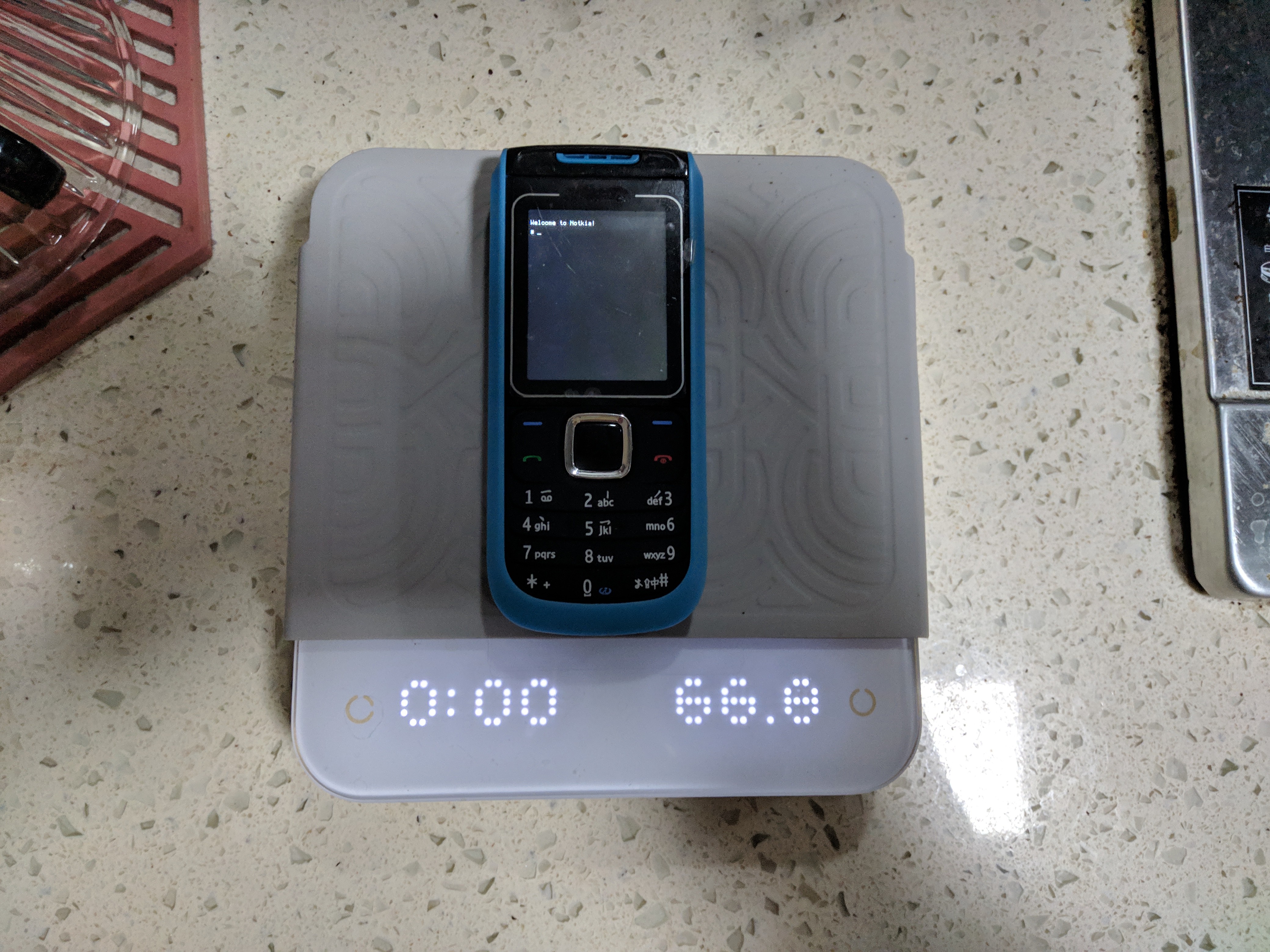
▲ The weight is only around 66 grams
The main reason of we choosing the 168x series is because it has the largest inner space among all the feature phones we inspected so far. Its inner space is big enough to put a spring antenna inside! Also, its power connector has its own piece of plastic on the PCB, this means it can be changed to another type of connector without problems. However it doesn't look very pretty, and I hope we can get enough money to replace the plastic clip surrounding the charging port.
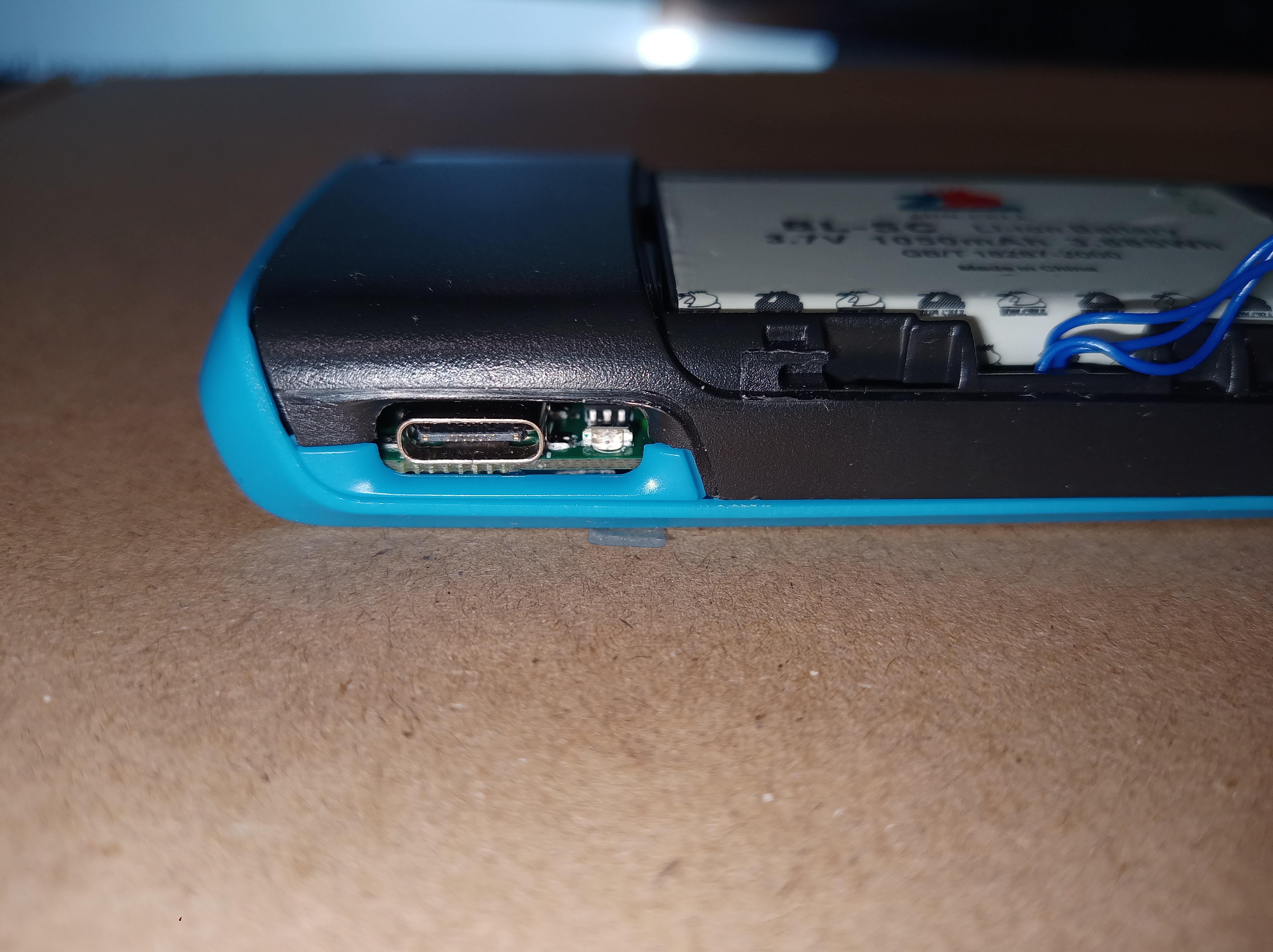
▲ I tried my best to make the Type-C surroundings look good
This design is only patented in US and AU, and will expire on 2023-06-23. After it's expired, we can produce brand new plastic cases based on this design, assuming the fundraising collected enough money.
Processor
The X1000E processor from Ingenic Semiconductor is used. It has a 1GHz MIPS32r2 core with 64bit FPU, and 64MB built-in LPDDR RAM.
Why the X1000E?
- Very low power consumption: 0.3W running the CoreMark benchmark and 0.003W in standby
- Acceptable performance: 2200+ CoreMark, a bit faster than the RPi Zero
- Built-in RAM: saves PCB space, while enough to launch 16,384 Apollo 7s
- Correct toolchain for it can be installed in minutes, not hours or days
- Supported by mainline Linux kernel
- Datasheets are publicly available: no more hide & seek with vendor
With some compiler tricks and a bit...
Read more » Reimu NotMoe
Reimu NotMoe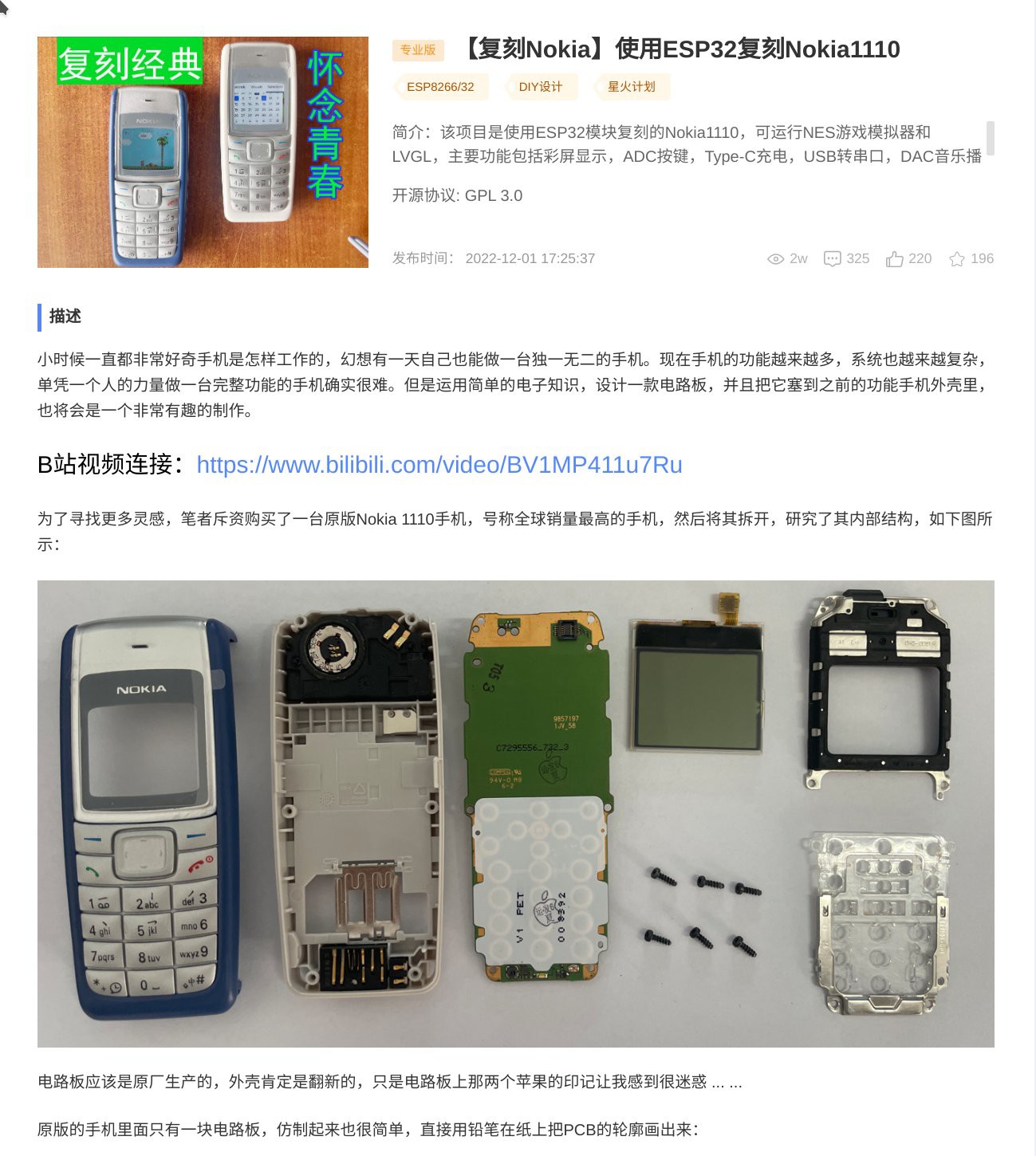

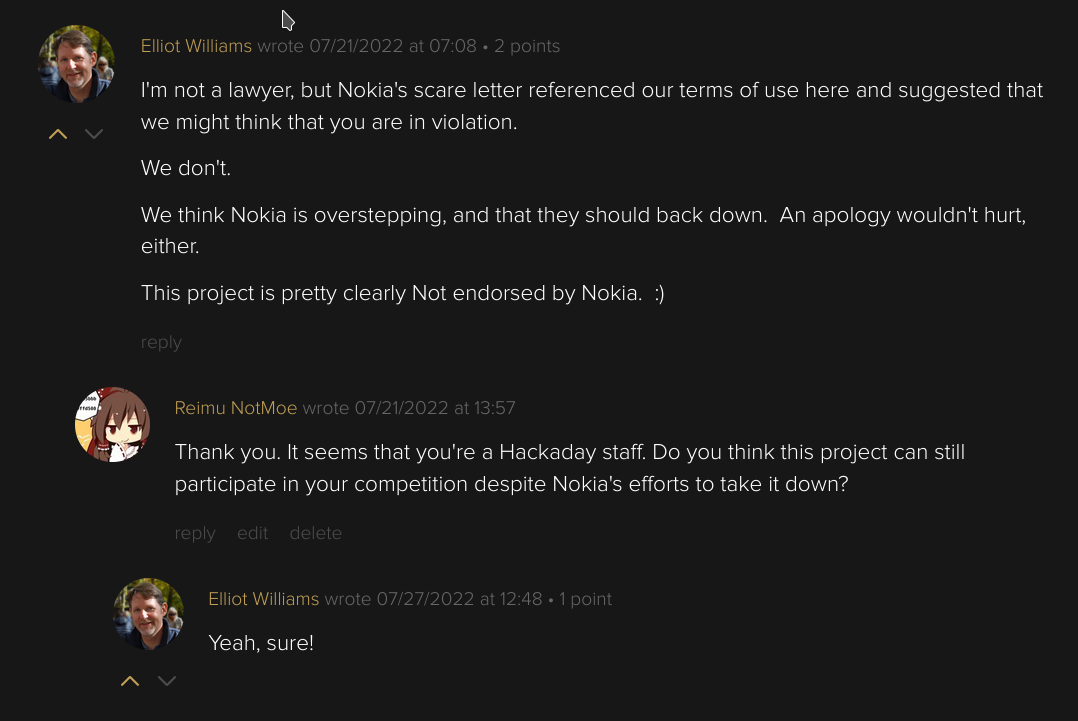
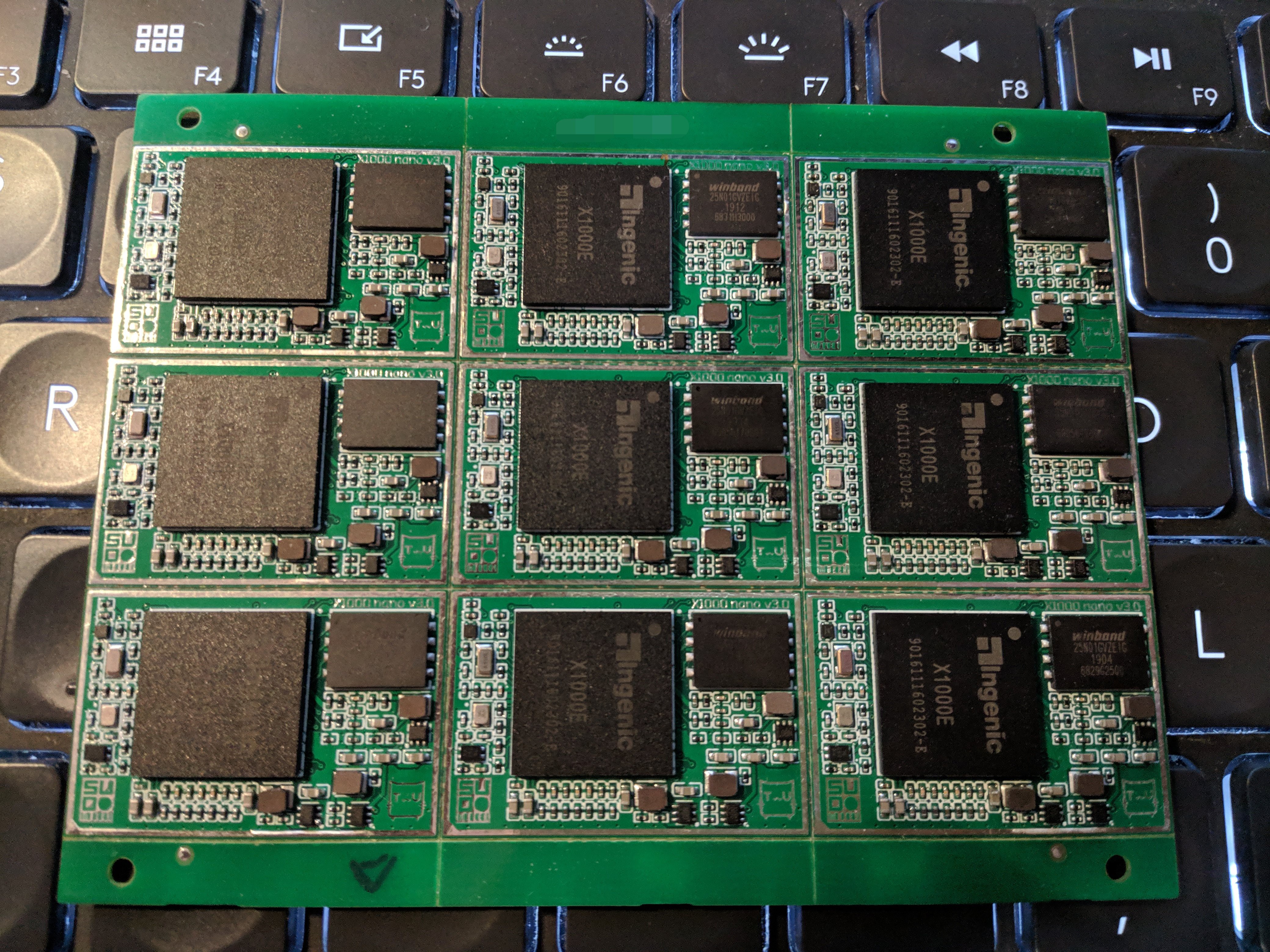
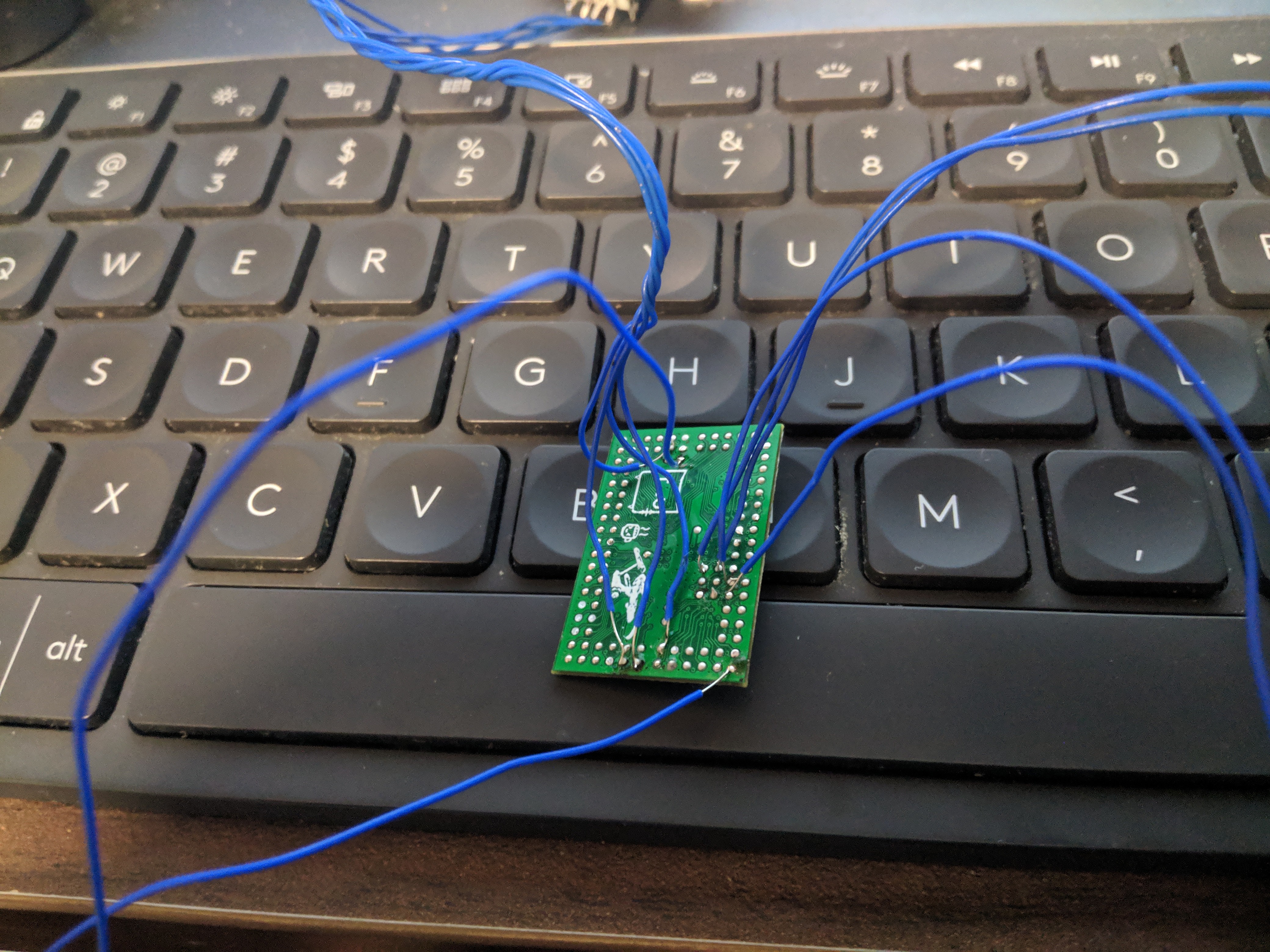

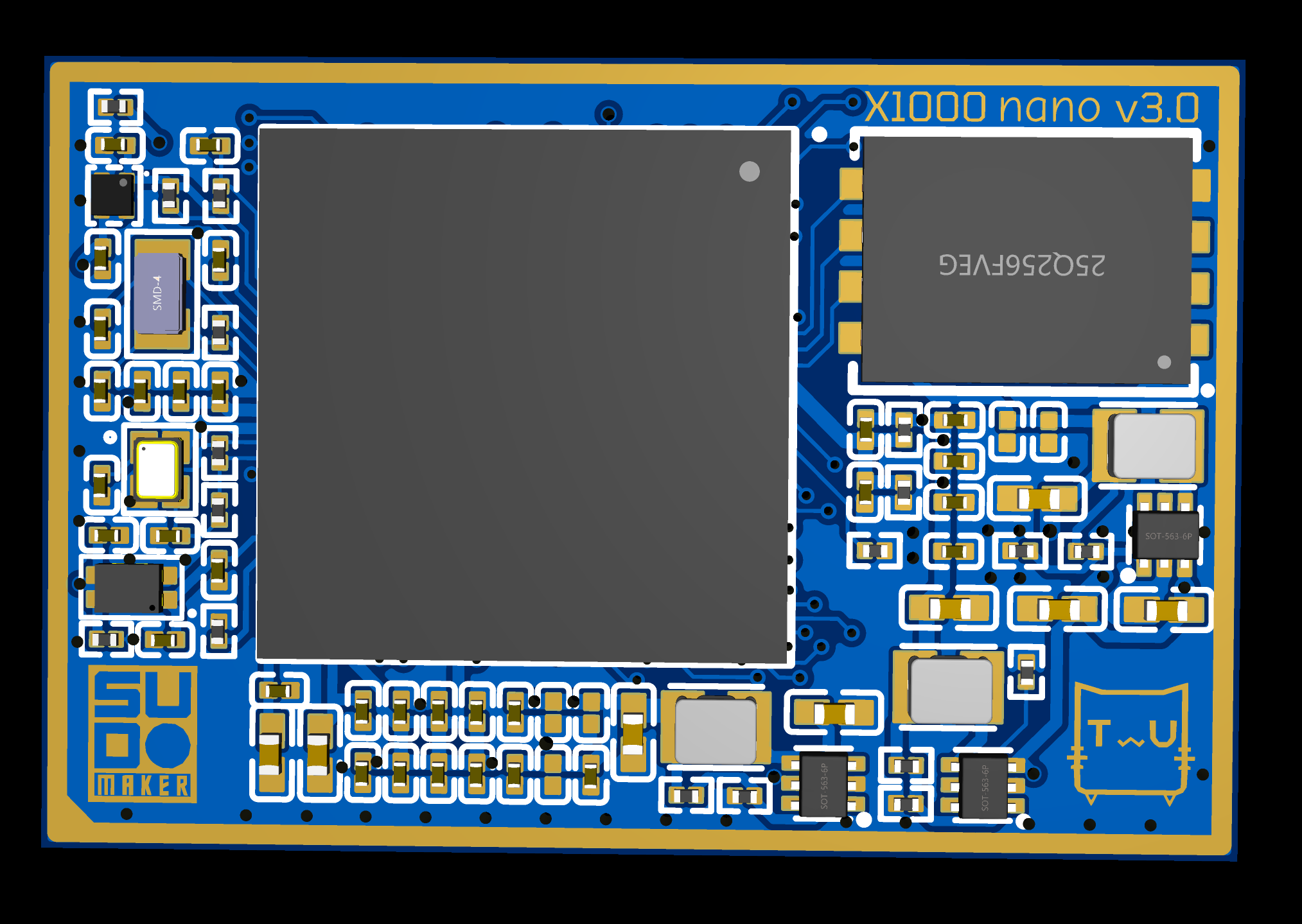
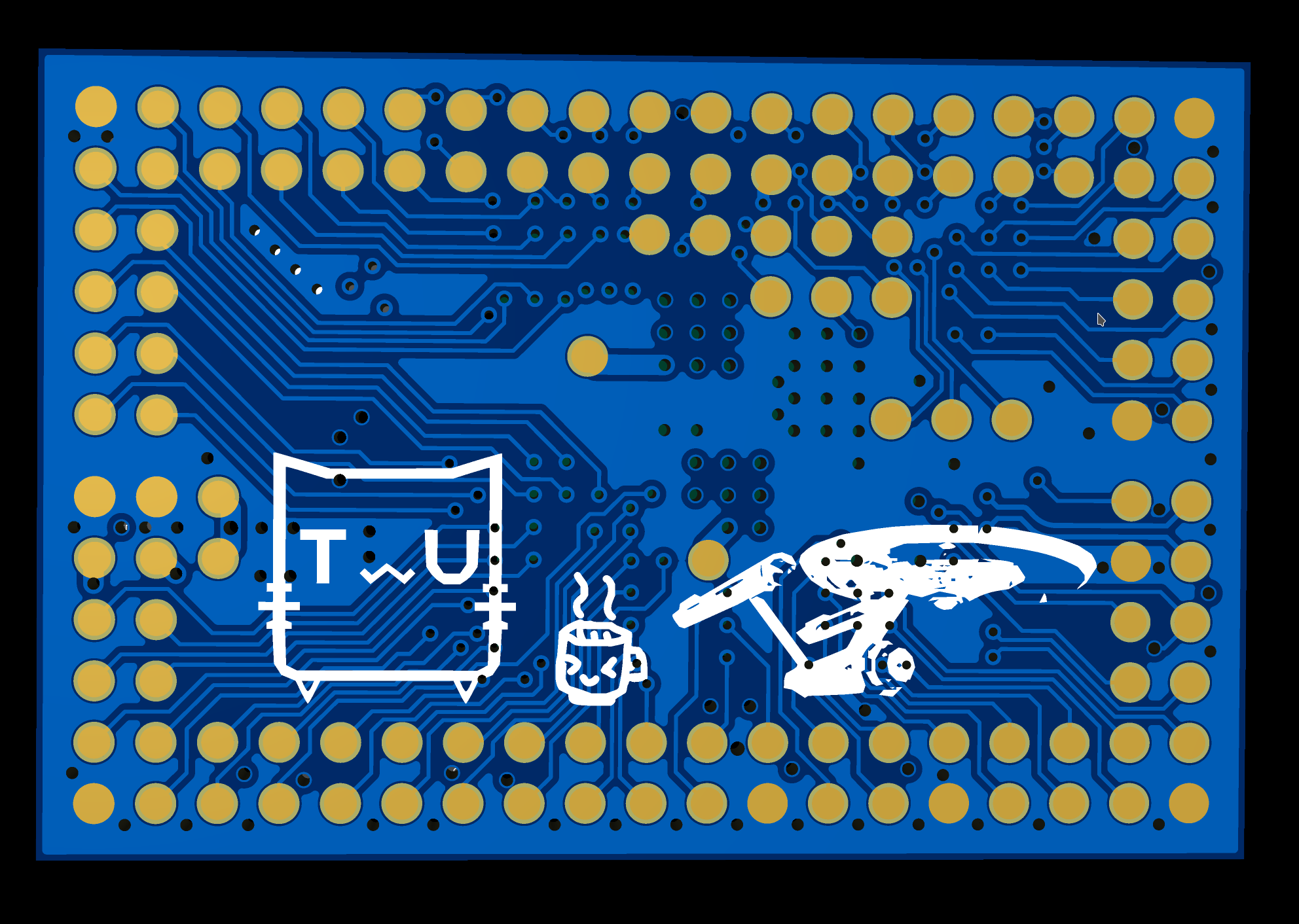
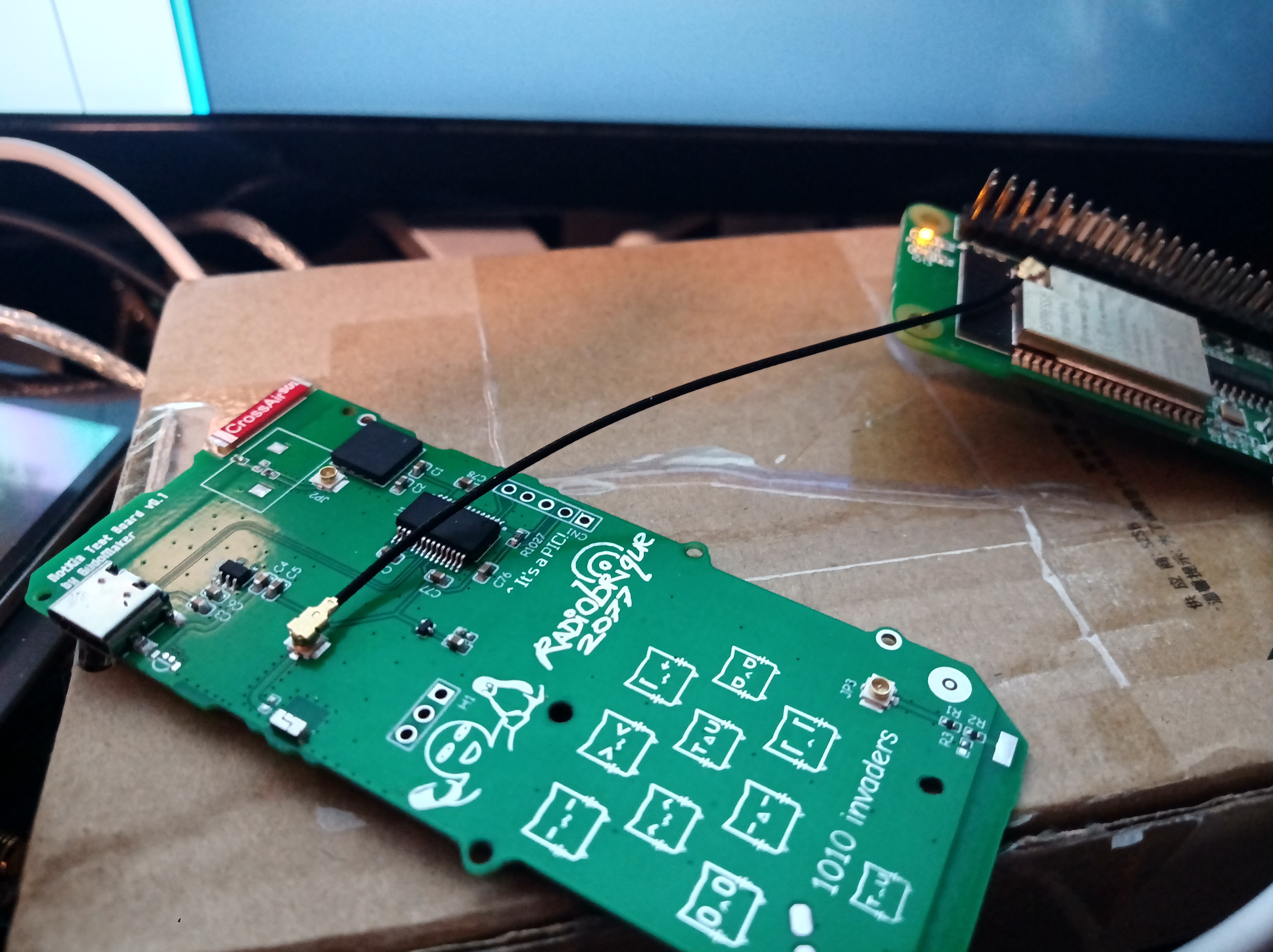
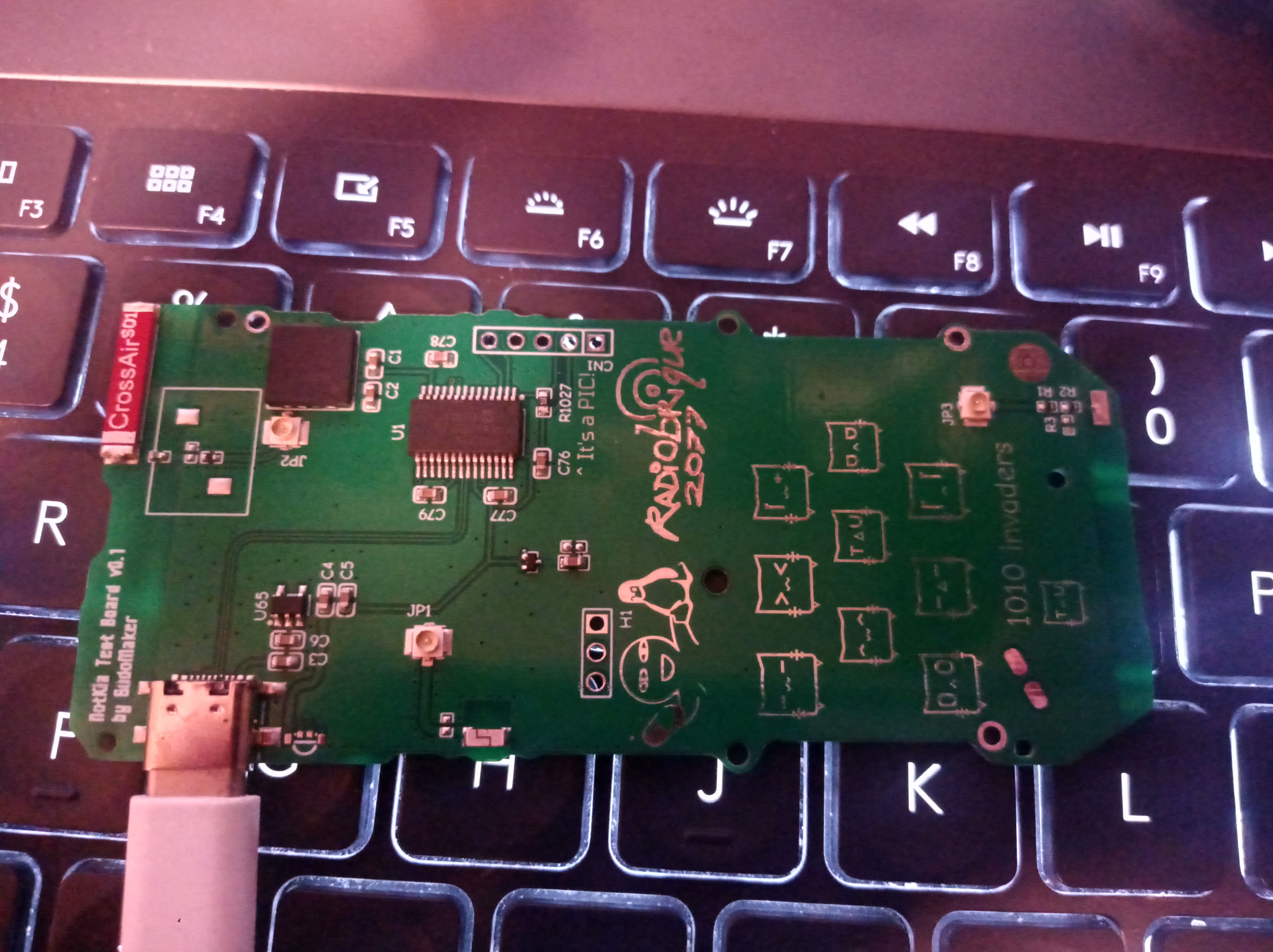
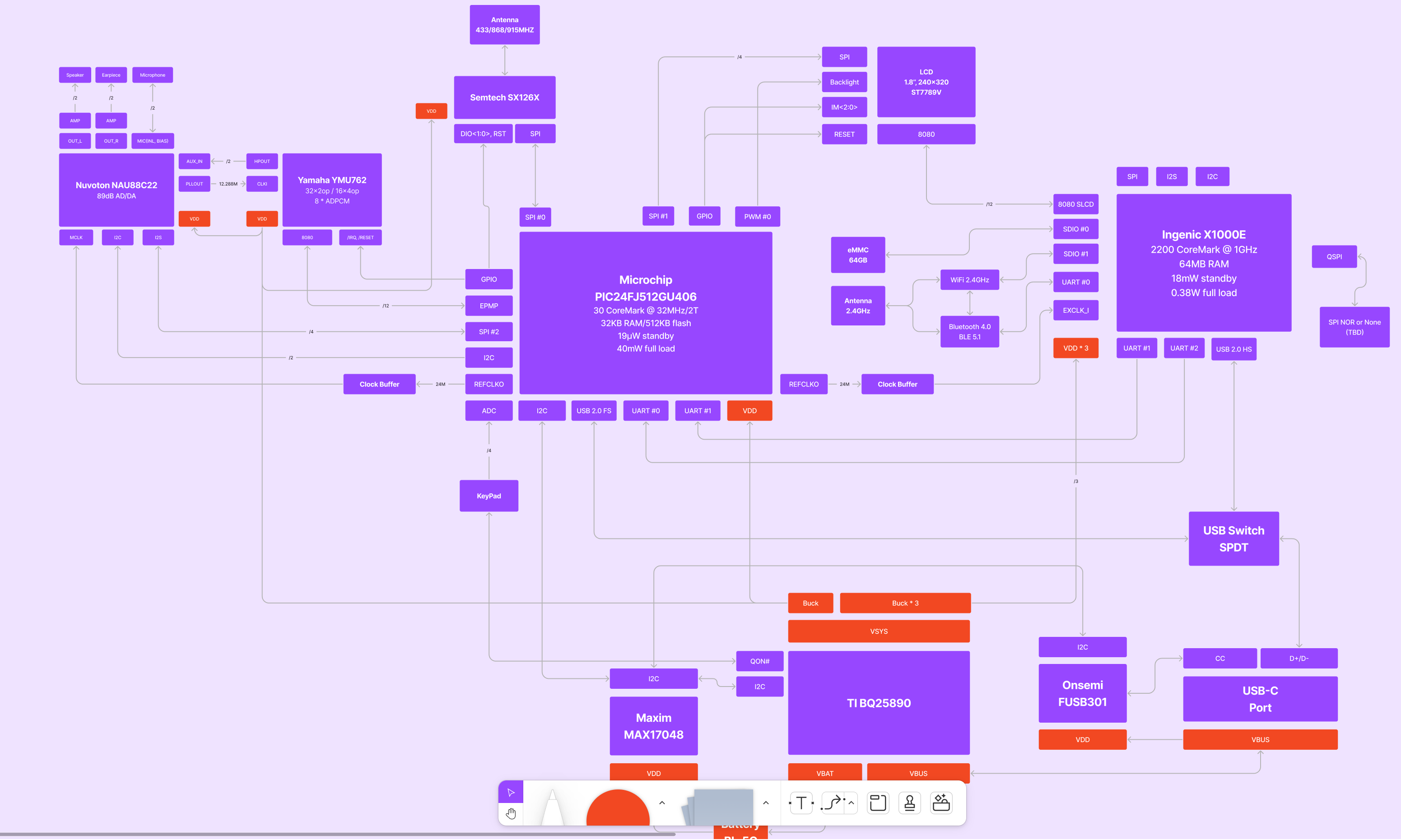
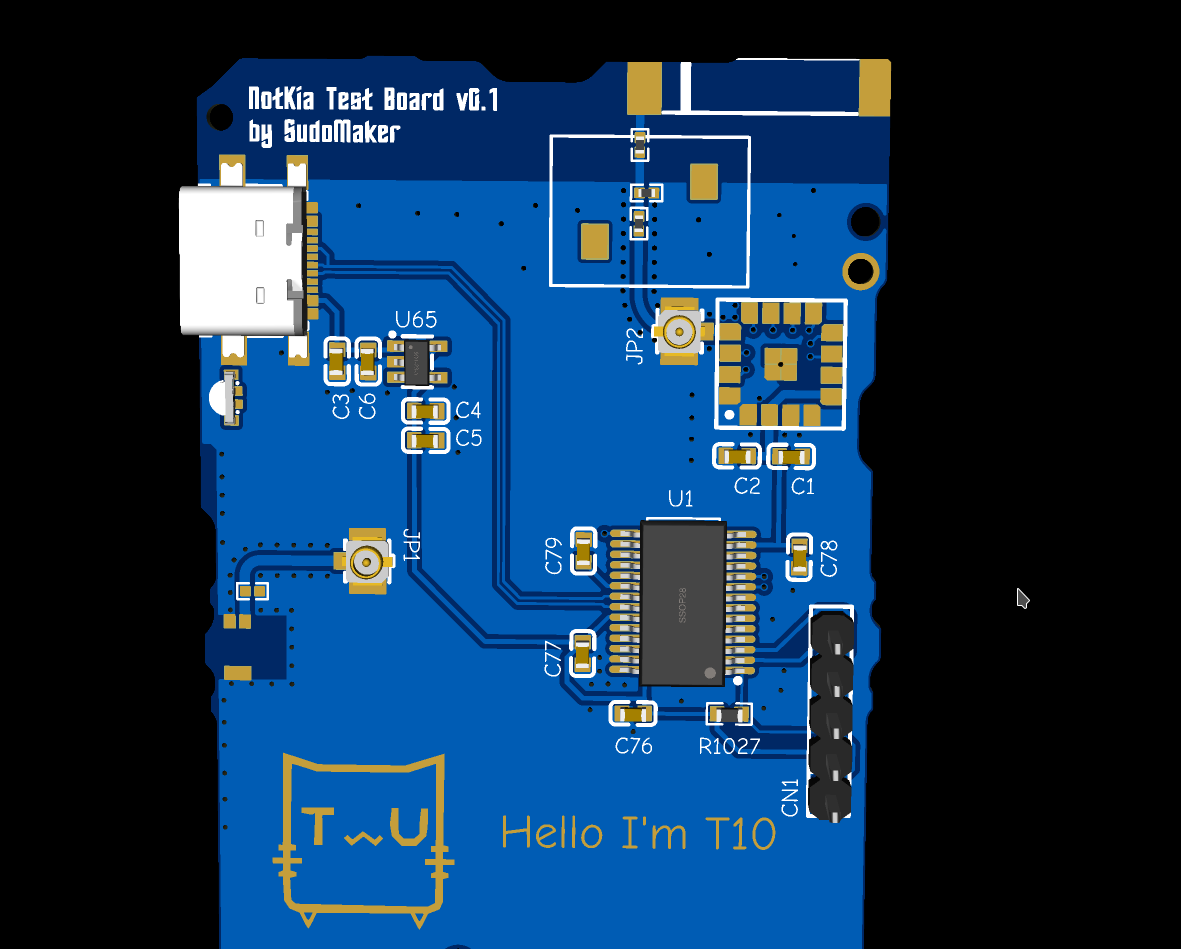
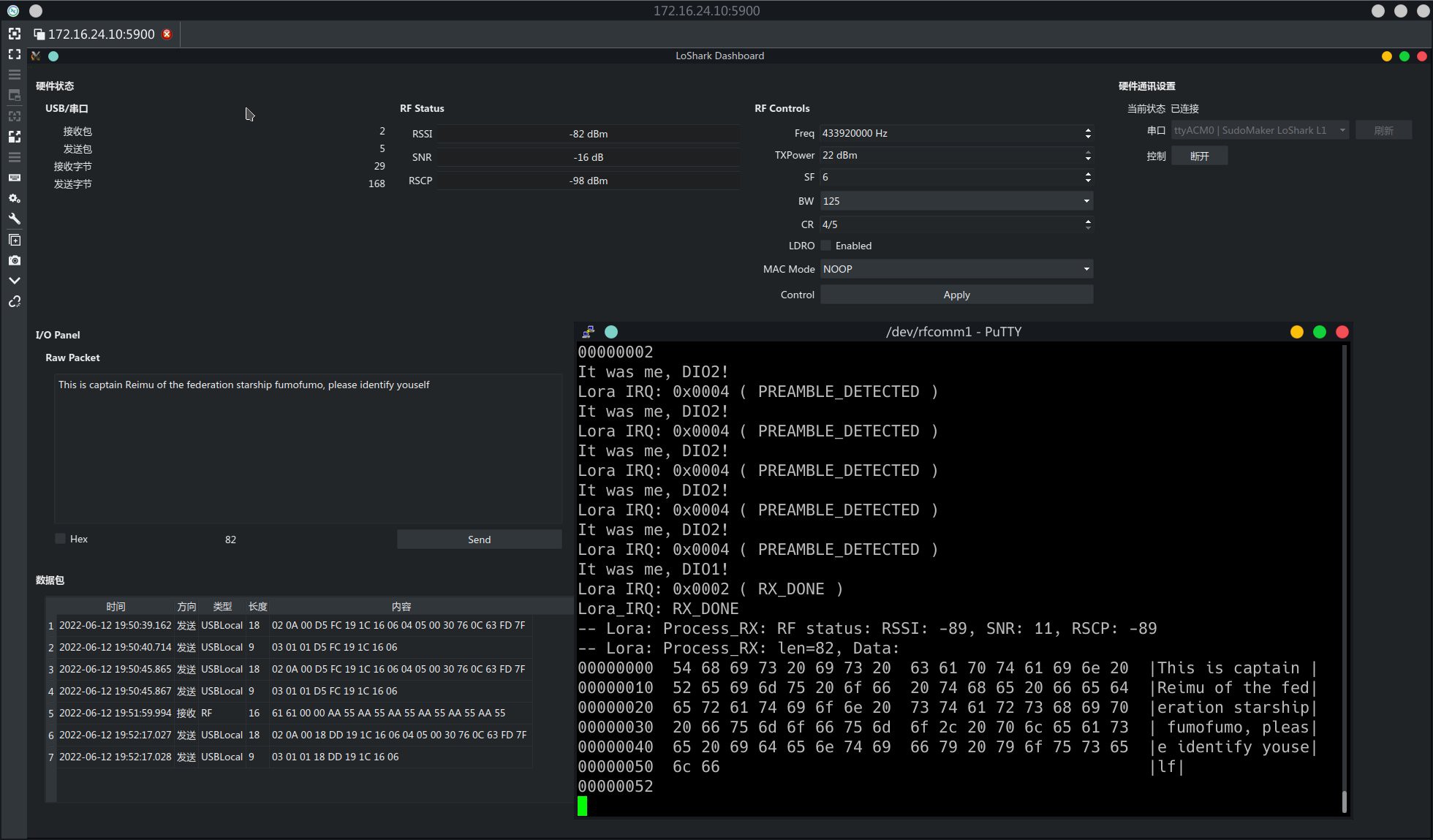
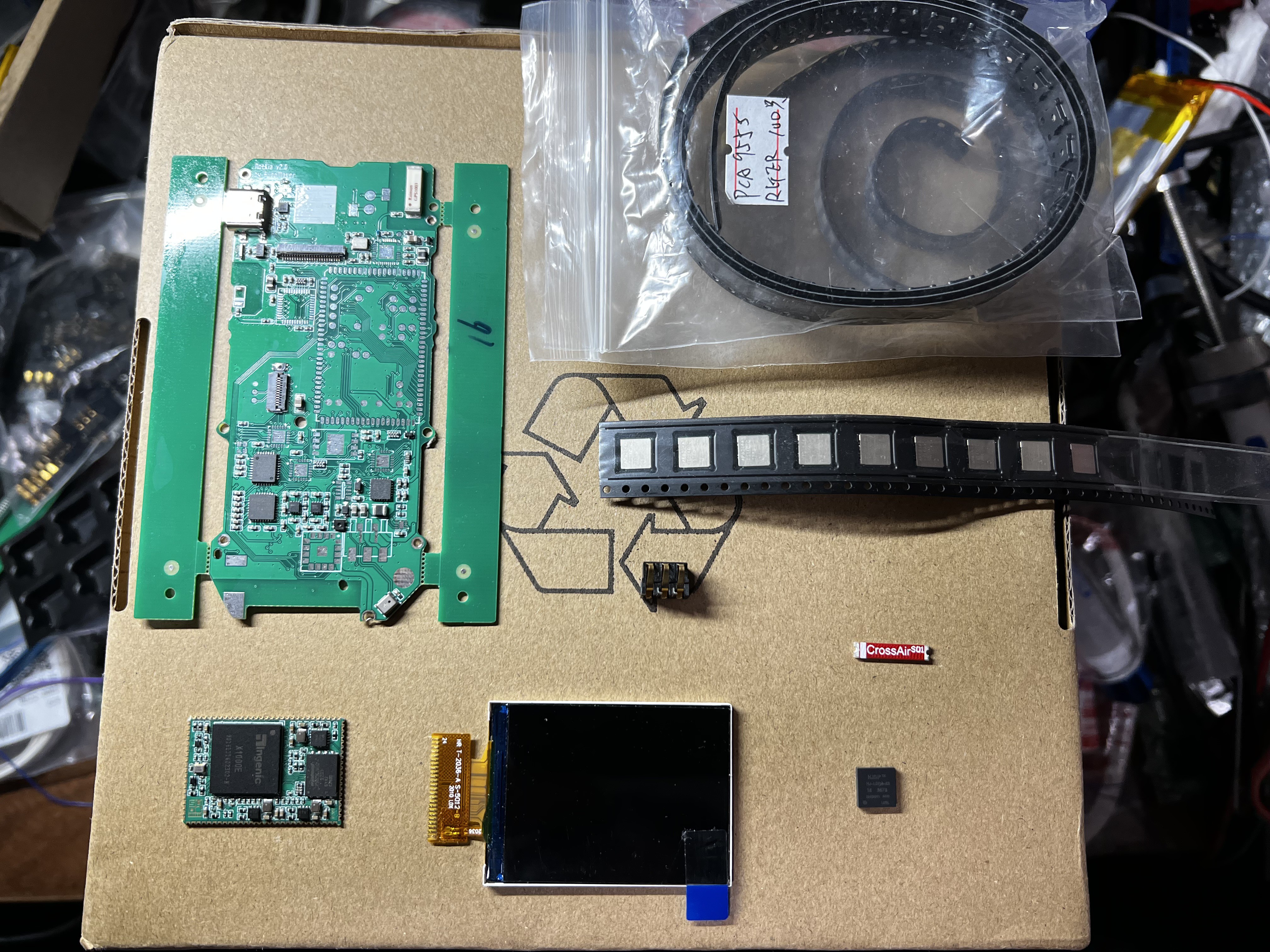
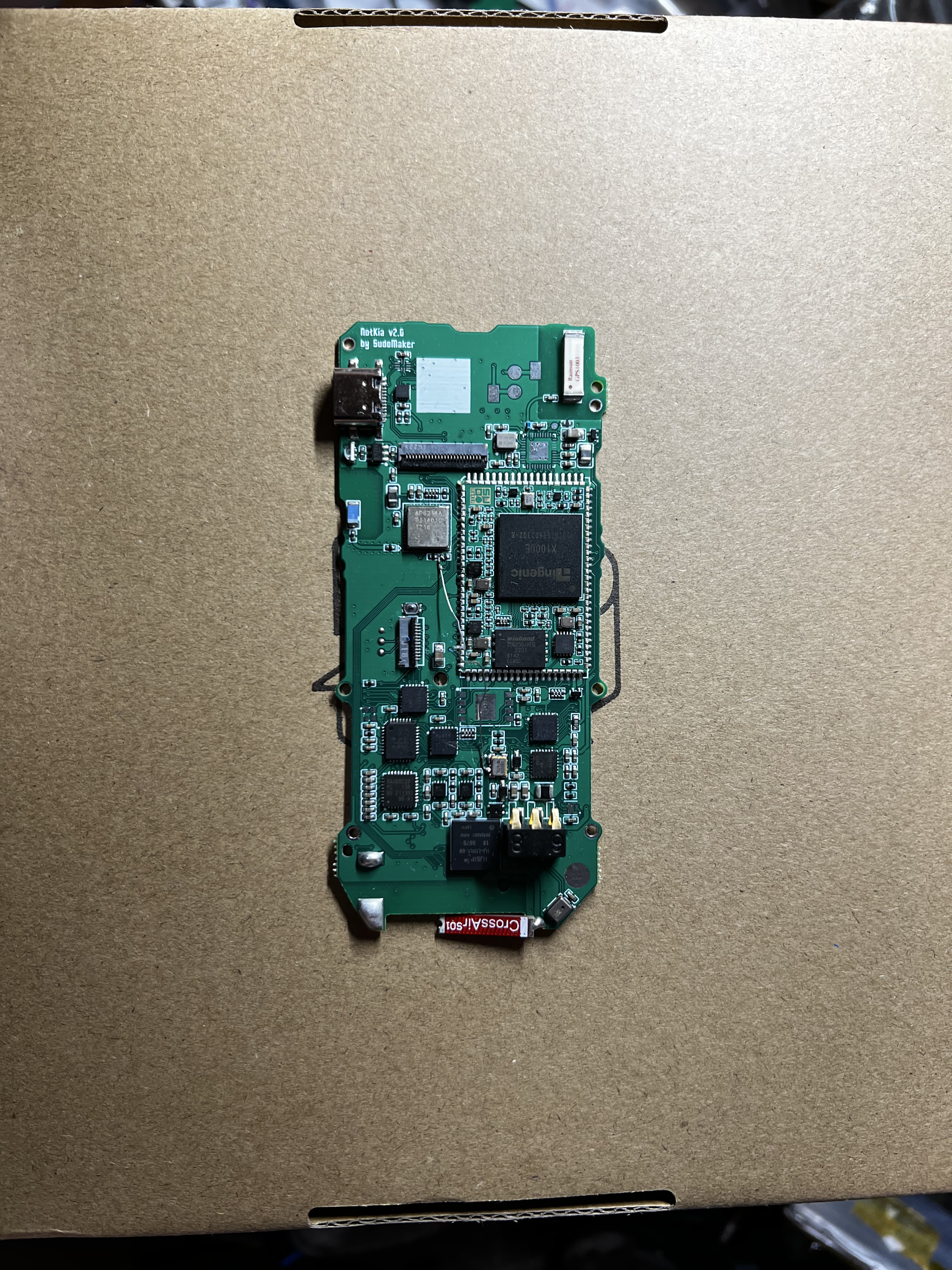
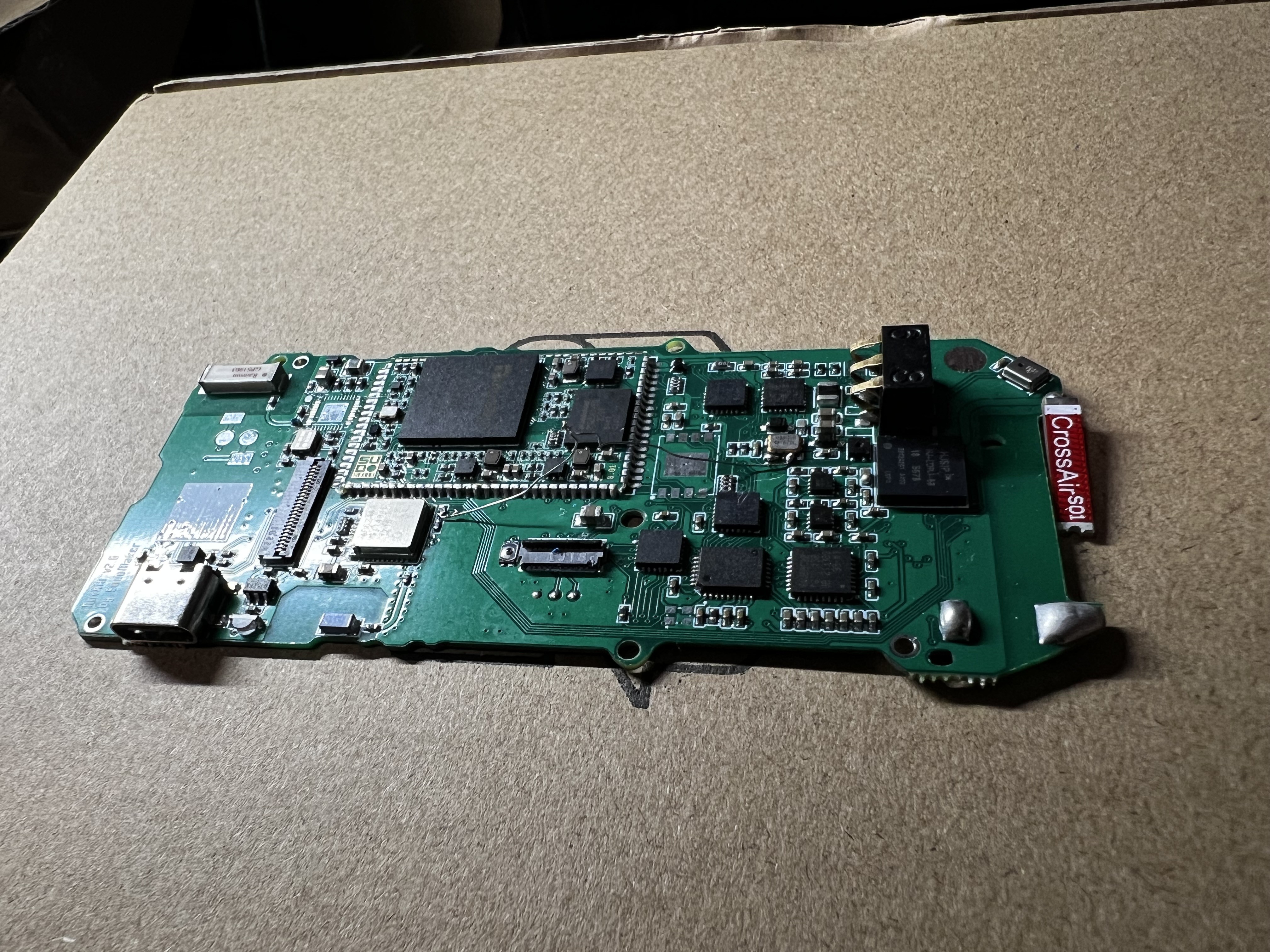
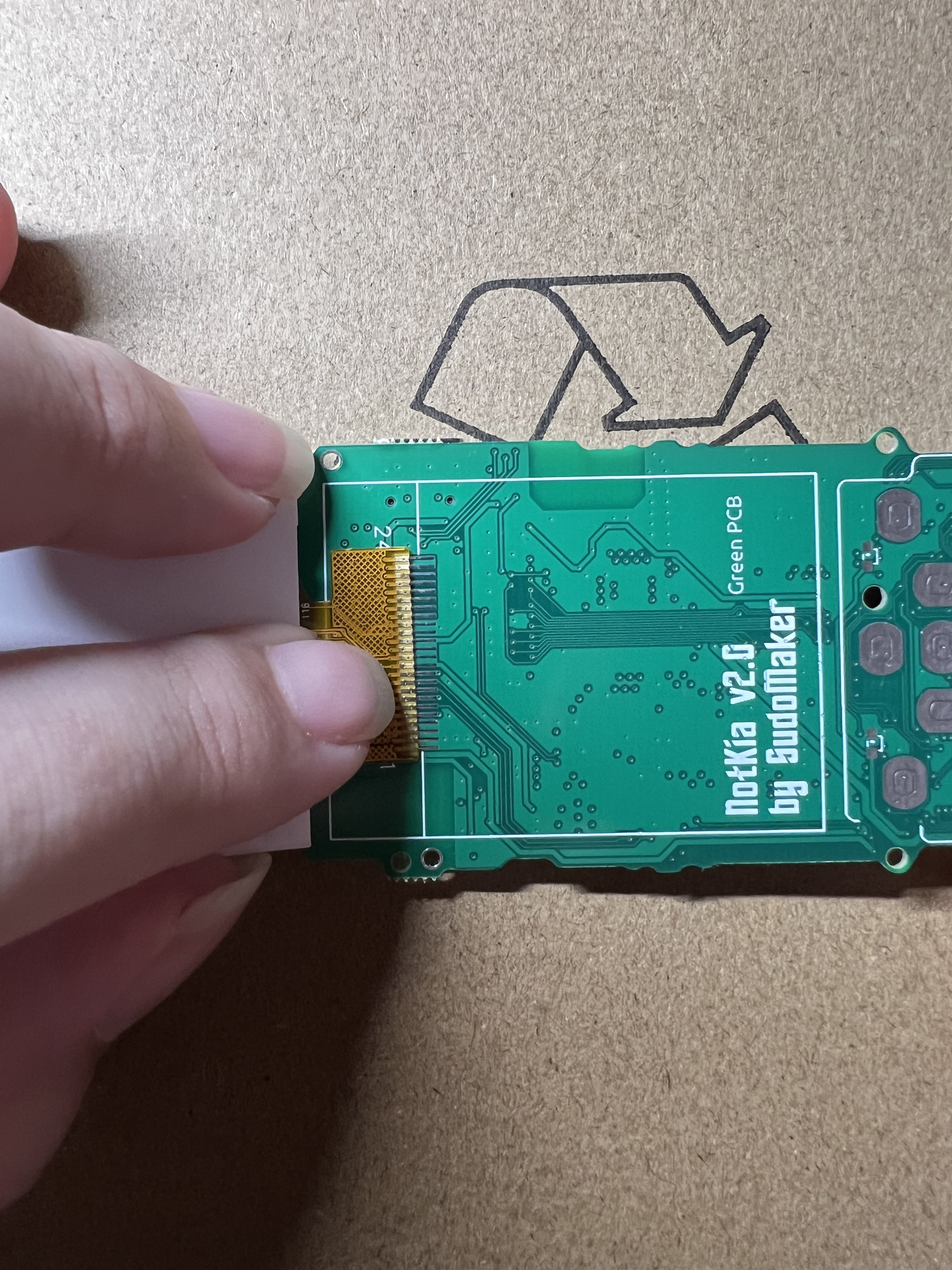
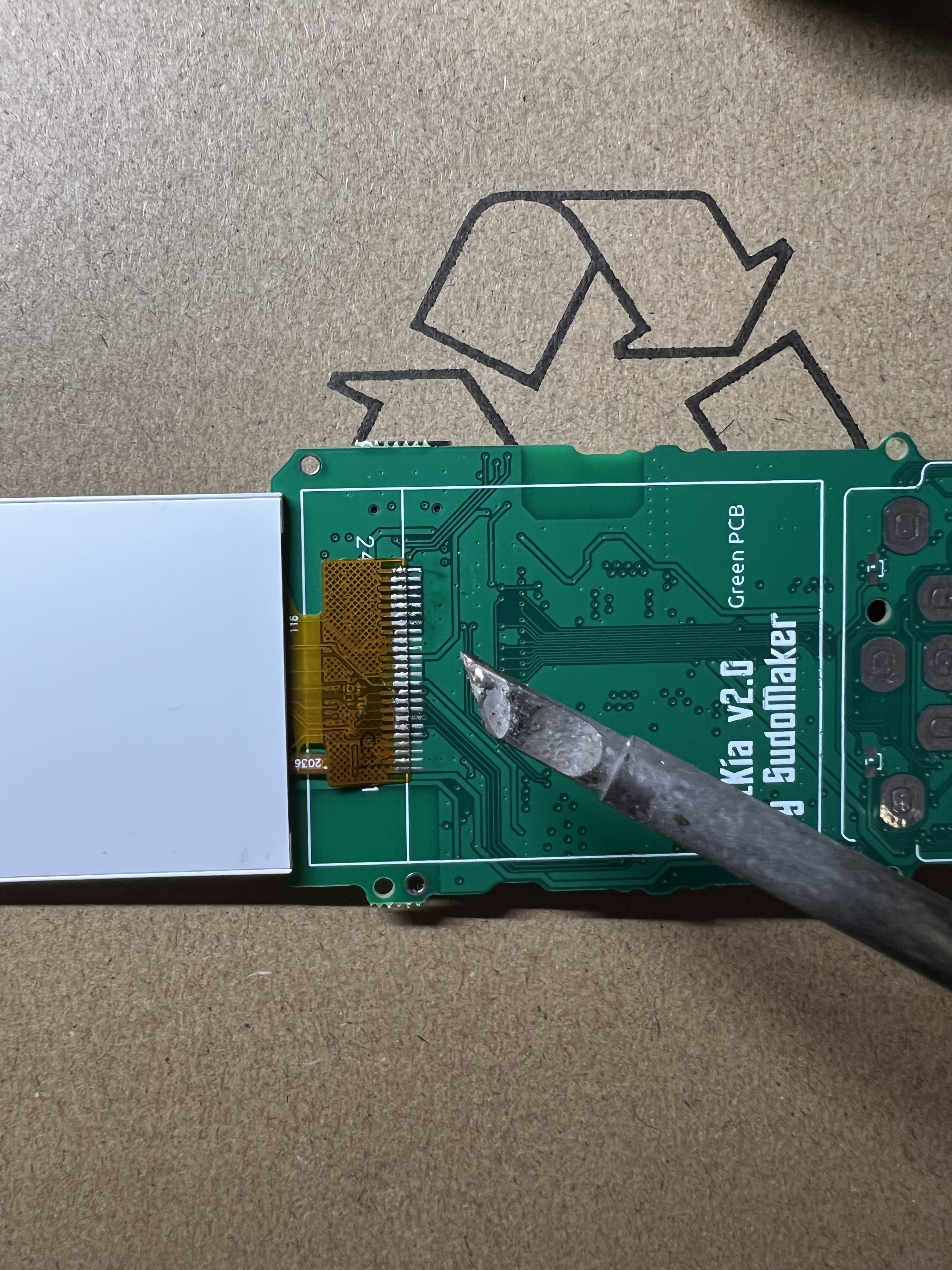














Project are death?